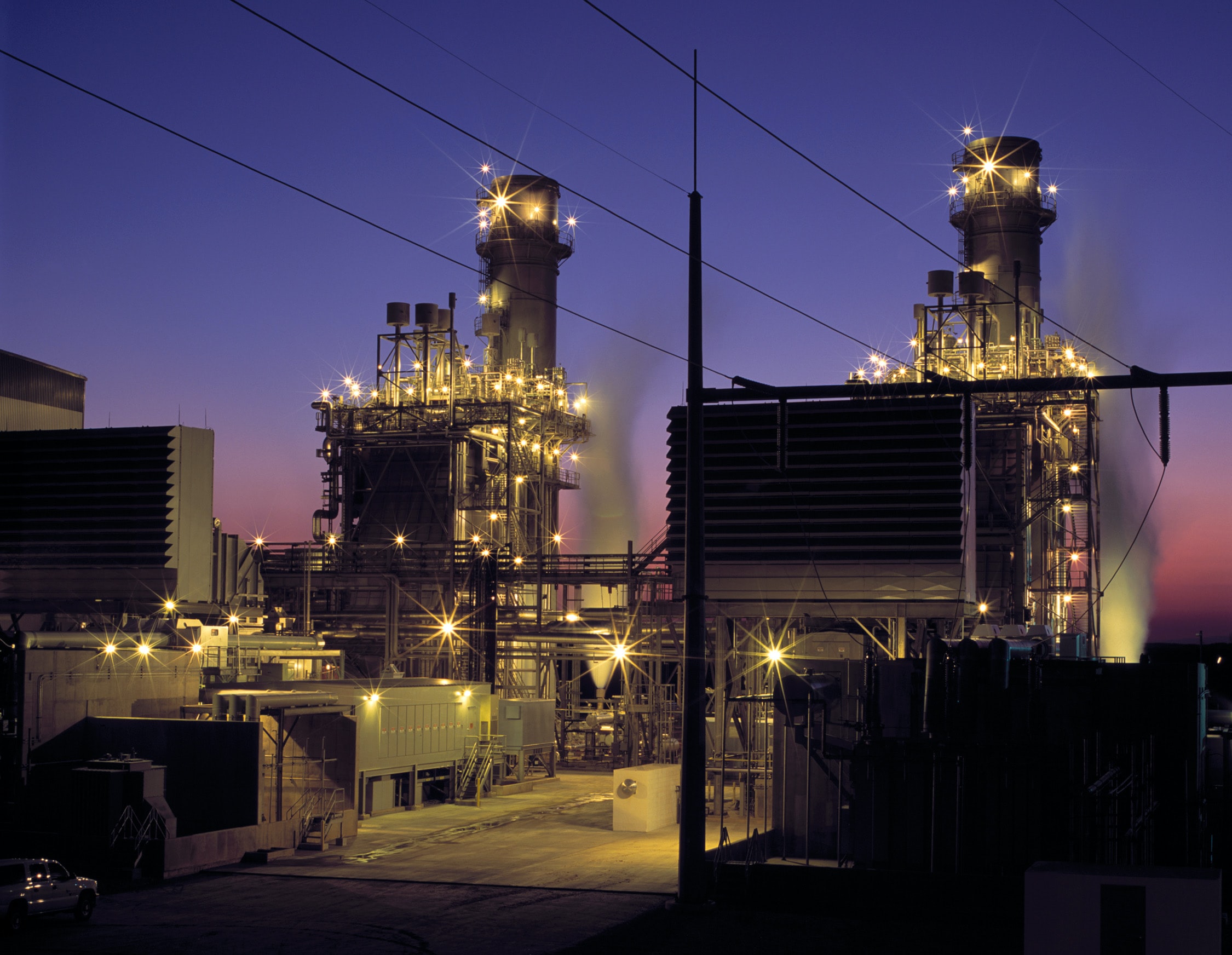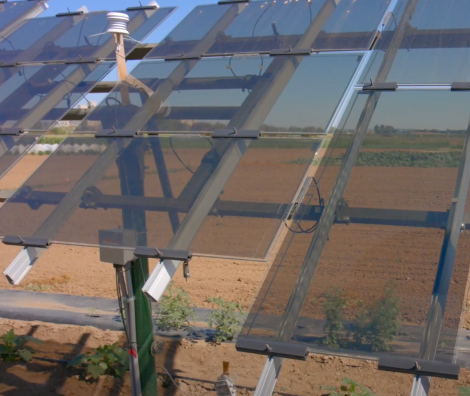
Solar City and Tesla announced this week the first solar-storage PPA (Power Purchase Agreement) in history. A power purchase agreement sets the price that the electric utility, in this case member-owned KIUC, will pay for the electricity generated by the power generator. PPAs are common with solar power plants, and they come with a understanding that the energy generated by the solar plant will not be dispatchable.
Since the solar panels only generate electricity when the sun is shining, the electricity generated by the solar panels is not valued as highly as a controllable generator, especially a fast-reacting generator, or peaker plant that can compensate for changes in supply or demand.
But the dynamics of solar is changing. 2016 seems to be the year that solar no longer stands on its own, but energy storage is ready to pick up the slack. The PPA price to the utility is 14 cents / kWh, which does not sound that impressive considering solar PPAs often sell for just 4 cents/kWh. However, the price point is potentially revolutionary, especially in Hawaii where retail prices are $.34/kWh.
In January 2014, Department of Energy’s (DOE) latest SHINES program set a $.14/kWh for residential solar plus storage systems by 2020. The target seemed loft, but less than one month later SolarCity and Tesla have announced the achievement at utility scale, it could only be a matter of time before the two companies break the residential barrier. Both companies are consumer-facing companies with synergies from other offerings, such as electric vehicles which act as a car-shaped battery once parked in a garage.
The barrier is significant, because by 2020 every US customer is likely to be paying over $.14 / kWh for grid electricity. Even with low natural gas prices, electricity prices have continued to rise faster than inflation. An offgrid solution that saves money with no carbon emissions would change the way humans interact with energy.





